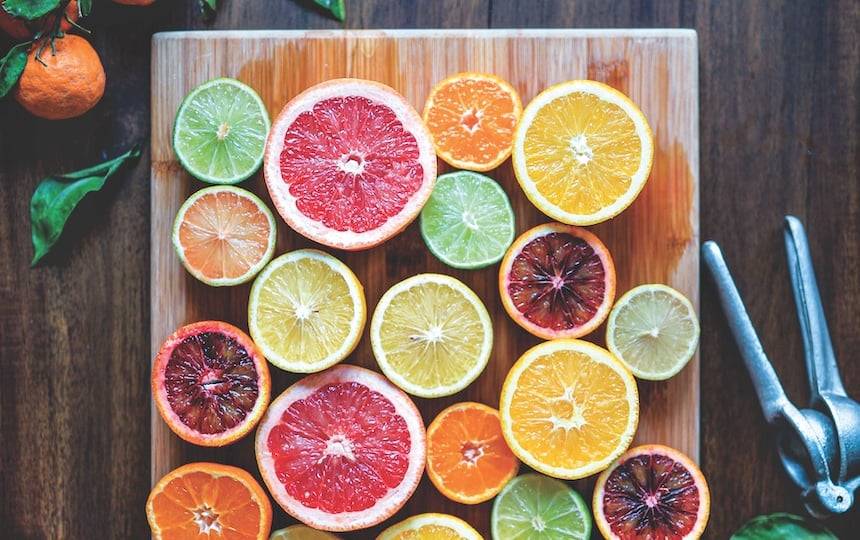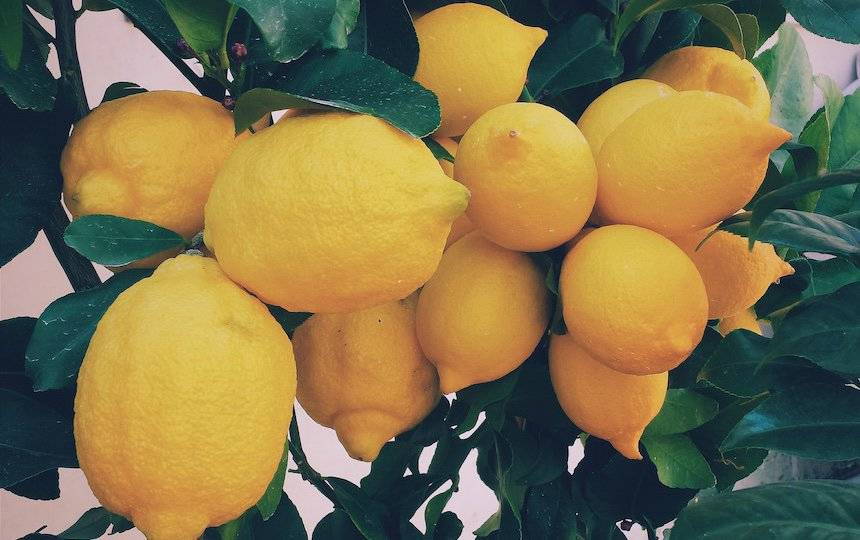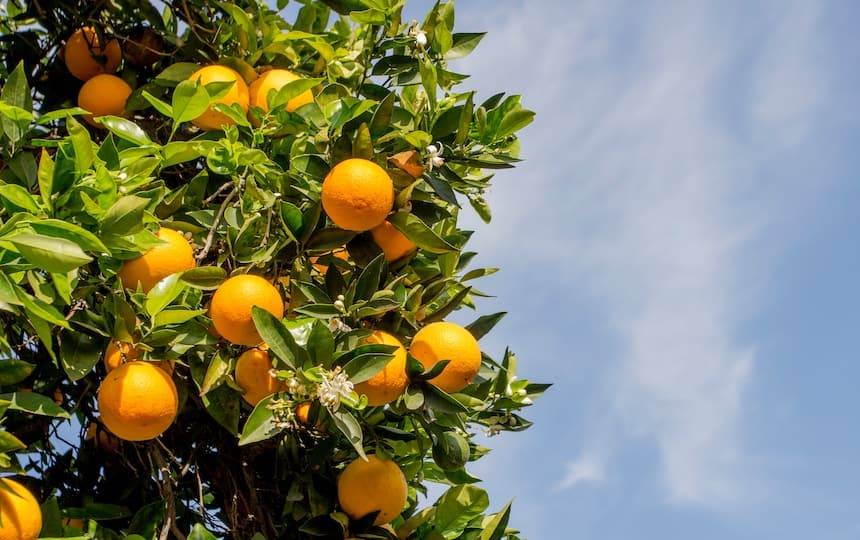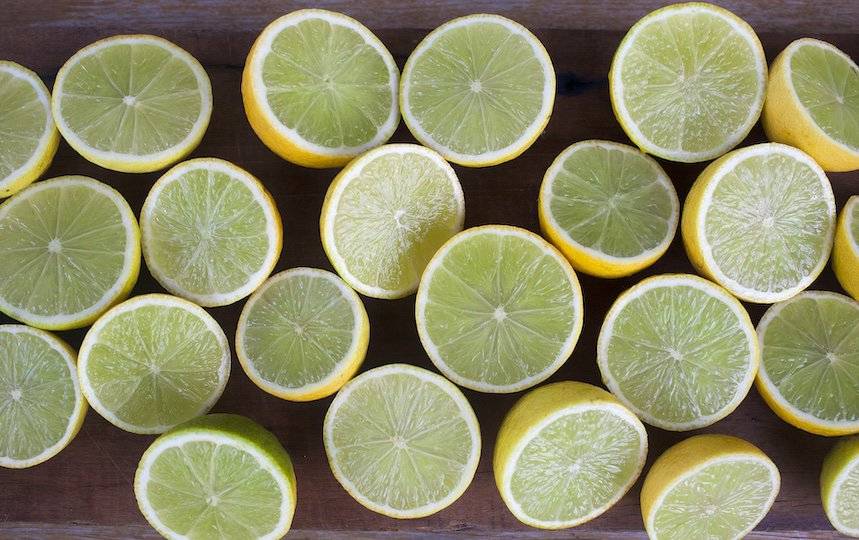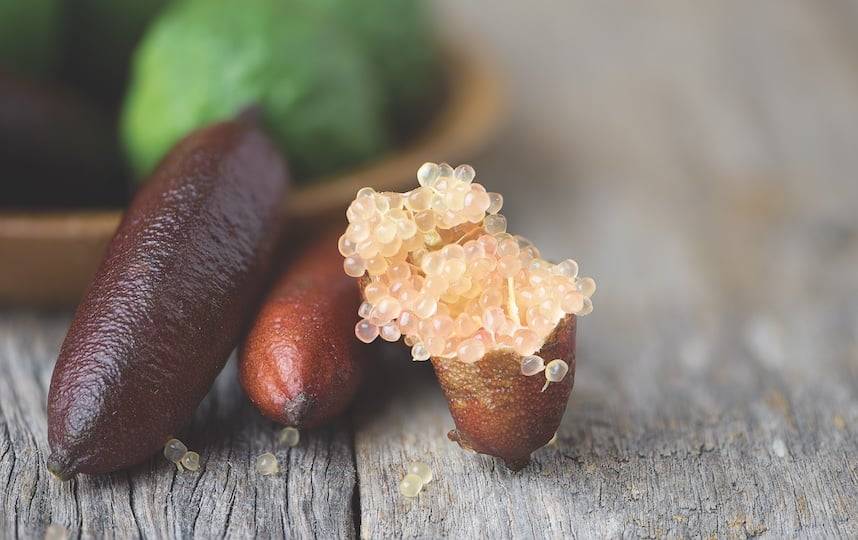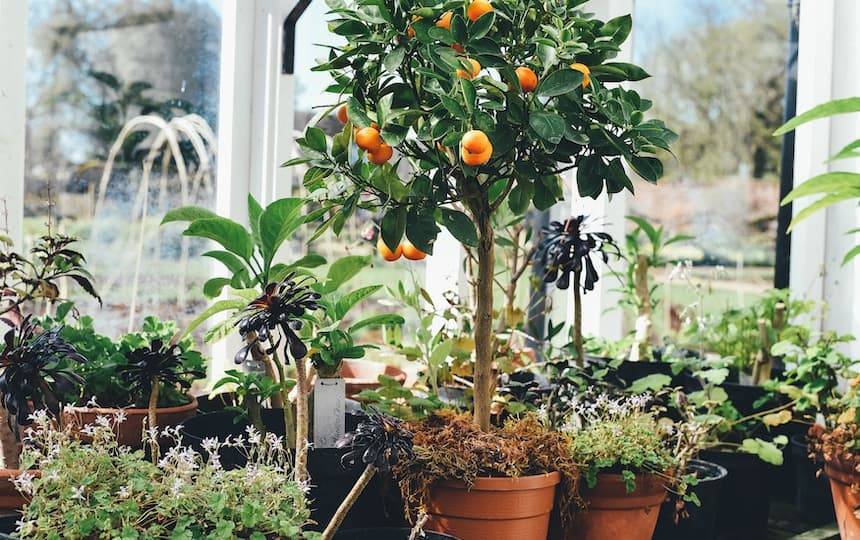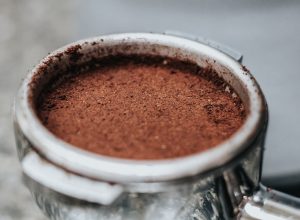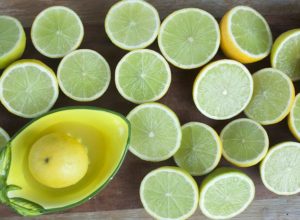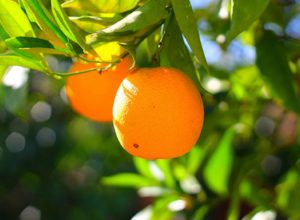From the ubiquitous lemon tree in the corner through to a kumquat in a pot on the balcony, citrus has so much to offer home gardeners. We show you how to grow citrus at home.
As well as providing nutritious food during winter, citrus offers many advantages to a permaculture garden. Hardy, compact and evergreen, citrus can perform tasks like windbreaks and shelter, and dwarfing varieties means they can be happy in a pot which can be moved to suit your needs.
How to grow citrus: Varieties
Lemons
Lemons are the most common and often the most vigorous citrus trees found in Australian gardens.
They’re available in several tried-and-true varieties:
- Lisbon, which has both a winter and a summer fruiting;
- Eureka, which fruits year round;
- Meyer, a mandarin cross which also fruits year round and is the most cold-tolerant lemon variety;
- Lemonade, another mandarin/orange cross.
Oranges
Oranges fruit better in warmer climates, with the ripening process taking much longer in the southern regions of Australia.
Popular varieties include:
- Washington navel;
- Valencia;
- Blood orange.
Limes
Popular varieties include:
- Tahitian, which fruits from autumn to spring;
- Makrut limes (also referred to as kaffir limes) are grown for their aromatic leaf and skin zest;
- Australian native finger limes, which are becoming increasingly popular.
Mandarins
Common varieties include:
- Imperial, which fruits in late autumn into winter;
- Emperor, which fruits mid-winter;
- Robby Engall seedless, which is a satsuma variety, is popular and fruits early in autumn;
- Clementine, which produces a small and sweet fruit;
- Ellendale, which is an Australian variety dating back to the late 1800s.
What and when to feed your citrus
Citrus plants require regular feeding and will be grateful for food your backyard can supply, like poultry manure, coffee grounds, compost and comfrey tea.
Citrus prefers a soil pH of between 6.0–7.0, so use high-acidic coffee grounds sparingly and ensure poultry manure is well composted before adding in large quantities. Comfrey tea is rich in potassium and calcium which can be applied as both a foliar and root fertiliser.
Want to know more about how to grow citrus?
In Issue #20 of Pip Magazine, we delve into how to grow citrus in more detail, including:
- What and when to feed your citrus.
- Dealing with nutrient deficiencies.
- How to prune citrus correctly.
- How to combat pests and diseases.
- Plus, how to integrate citrus into your permaculture system.
You can access this article online here as part of our digital subscription offering, or purchase the print version of Pip Magazine here.

